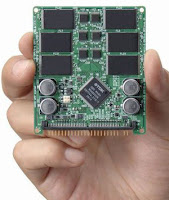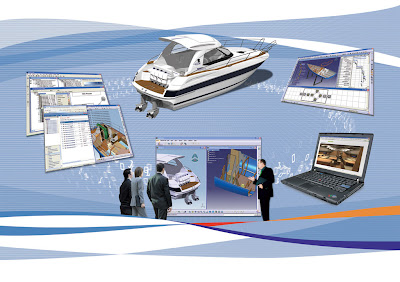hello my dear friends...
today i want to make some note or revision that we can use for our finale exam...
as we know that chapter 14,that is programming and languages is include in our finale exam..so today i want to talk about programming? and the step that we need to accomplish our program..
do you know what is programming?
programming is the list of instructions for the computer to follow to process data.
it's also known as software development.how to develope it?
1st step:programming specification,the program's output,inputs and process requirement are determined.2nd step:program design a solution is created using programming tecniques such as top-down program design,pseudocode,flowchatrs and logic structure.
*flow chart*
3rd step:program code, the program is written or coded using a programming languange.
4th step:program test,the program is tested or debugged by looking for syntax and logic errror.
5th step:proram documentation,is an on going process throughout the programming process . this phase focus on formalizing the written description and process used in program
okey..
the way to memorize:
SAYA: specific
DIAM: design
CURI: code
TEMBAGA: test
DOLLAH: documentation
MARAH: maintanance
hope that u can get something from my entry.
Best regards,












